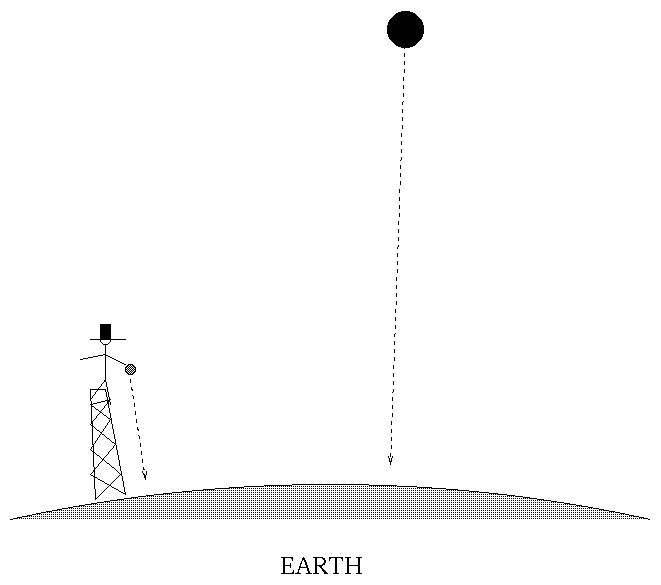-
As the planets formed through the accretion of planetesimals, they
heated
due to the violence of the collisions. How violent were
these collisions? We can easily estimate the amount of energy
available. Suppose that I let a planetesimal accrete onto an object of
mass M and radius R.

As the object falls toward the planet, it gains speed (kinetic energy). If the planetesimal starts to fall very far from the planet and is initially at rest, by the time it hits the planet, it will have accelerated to the escape speed of the object (hmmm?).
What happens to this energy when the planetesimal hits the planet?
-
Because the surface of the planet is
hard,
the planetesimal comes to a halt and the energy is converted into
heat
and the planet heats up. In order to gauge whether the
heat
added to the planet is significant, we need to consider
whether the heat will melt the planet's
rocks.
For accretion onto the Earth, where the escape speed is 6.9 miles per second, and for a typical silicate rock, the answer is yes; the heat released can melt rocks. In fact, for every gram of material accreted there is enough energy to melt more than 100 grams of silicate rocks.